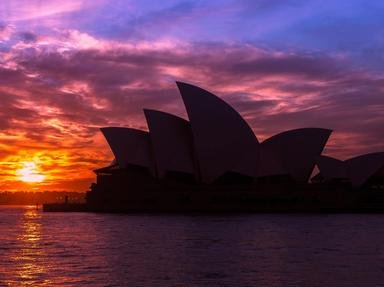Quiz Answer Key and Fun Facts
1. How did the first humans reach the Australian mainland?
2. Two of the oldest human remains were found in the Lake Mungo area of New South Wales. What were they called?
3. Were some Aboriginal people hunter-gatherers?
4. What did the first British settlers inadvertently give to the Aboriginal people?
5. What name is given to the series of massacres, in which at least 300 Aboriginal people were murdered, between 1840 and 1850?
6. In May 1868, an Australian sports team comprising 13 Aboriginal men toured England. Which sport did they play?
7. Who or what were the 'Stolen Generations' in 20th century Australia?
8. Which of these civil rights activists campaigned for equal rights for Aboriginal people?
9. In which year were all Aboriginal people allowed to vote in federal elections?
10. What was special about the Pintupi Nine?
Source: Author
AcrylicInk
This quiz was reviewed by FunTrivia editor
gtho4 before going online.
Any errors found in FunTrivia content are routinely corrected through our feedback system.
